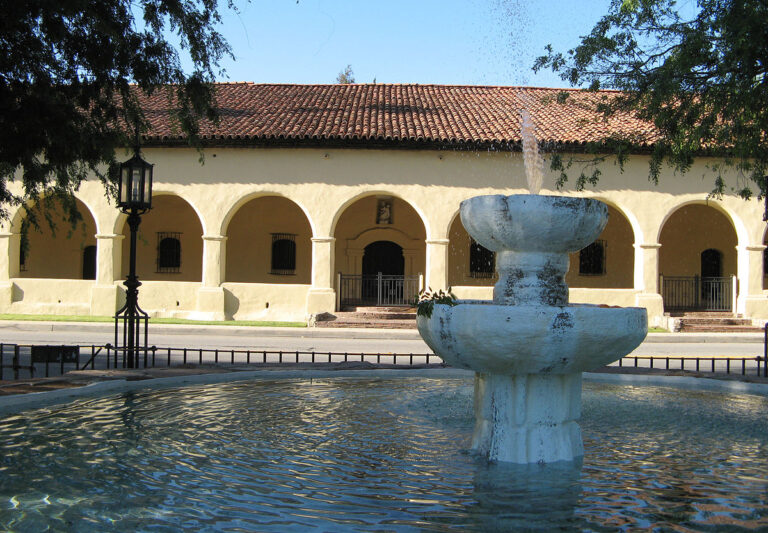A BRIEF HISTORY OF CALIFORNIA’S REAL ESTATE
By Thomas Caldwell
There has never been an asset in the history of the world that has appreciated like dirt in California. For many millennia native people lived in this idyllic and fruitful land oblivious to the impending new world of rapid economic change. During the rancho period under the Spanish crown and then under the brief period of Mexican rule, land had basically no economic value. Originally land could only be obtained by a personal land grant from the king of Spain (through his governor in Mexico City) and later via the Mexican government through the governor of California.
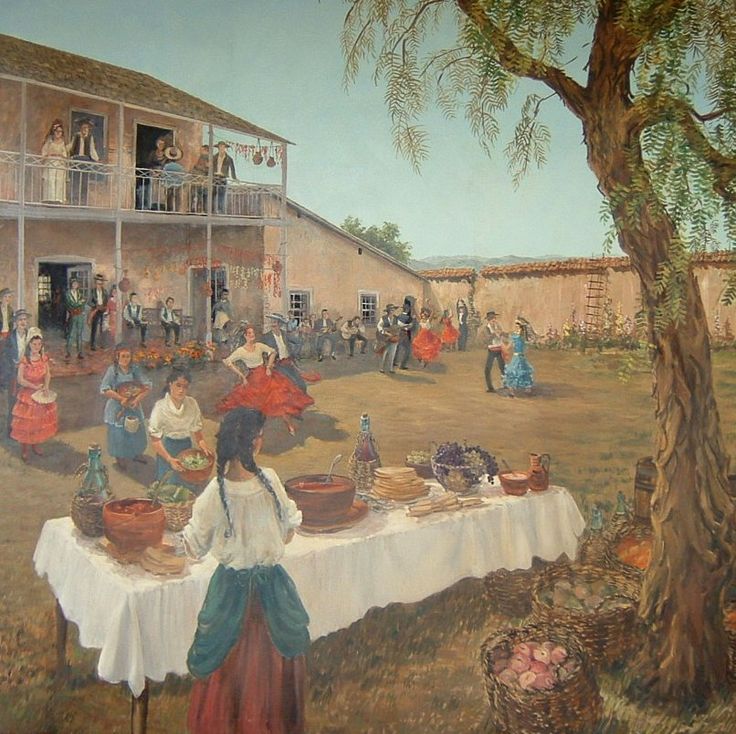
That all changed in 1849 with the Gold rush. At the beginning of the gold rush there were approximately fifteen thousand people living in California. The “Bear Flag Revolt” in 1846 in Sonoma declared California an independent republic. No actual sovereign government was ever formed and few months later California came under U.S. military protection at the outset of the Mexican American War. California was ceded to the U.S. on January 13, 1847 via the Treaty of Cahuenga at Campo de Cahuenga across the street from Universal Studios. The timing turned out to be really lucky for the United States because exactly one year later gold was discovered at Sutter’s Mill near Sacramento and the value of California forever changed. The western Sierra Nevada Mountains saw a real estate and mine claim bonanza. This area was outside the old rancho land grants.
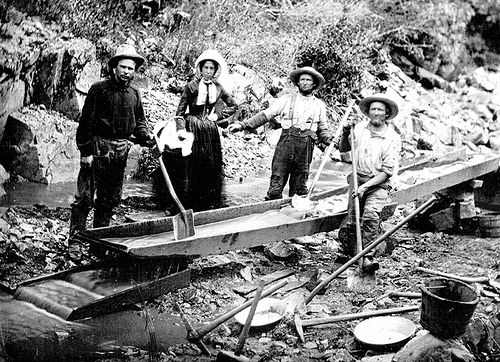
One legacy our modern California law has from the Spanish period is community property. The nine states (Louisiana, Arizona, California, Texas, Washington, Idaho, Nevada, New Mexico, and Wisconsin) that recognize community property are primarily in the Western United States, former Spanish colonies. Community property was inherited from Mexico’s ganancial community system, which itself was inherited from Spanish law (a Roman-derived civil law system) and ultimately from the Visigothic code (combination of Roman law, Catholic law and Germanic tribal custom). In English common law wives were the property of their husbands and in Rome wives were treated as child of the husband but in Germanic Frankish folk tribal custom women often had equal co-ownership with their husbands. Coincidently Hammurabi’s Code in ancient Samaria (modern day Iraq) was basically a community property system. This leads to the one great tax advantage of living in California and that is the double step-up in basis at each spouse’s death of all assets held as community property.
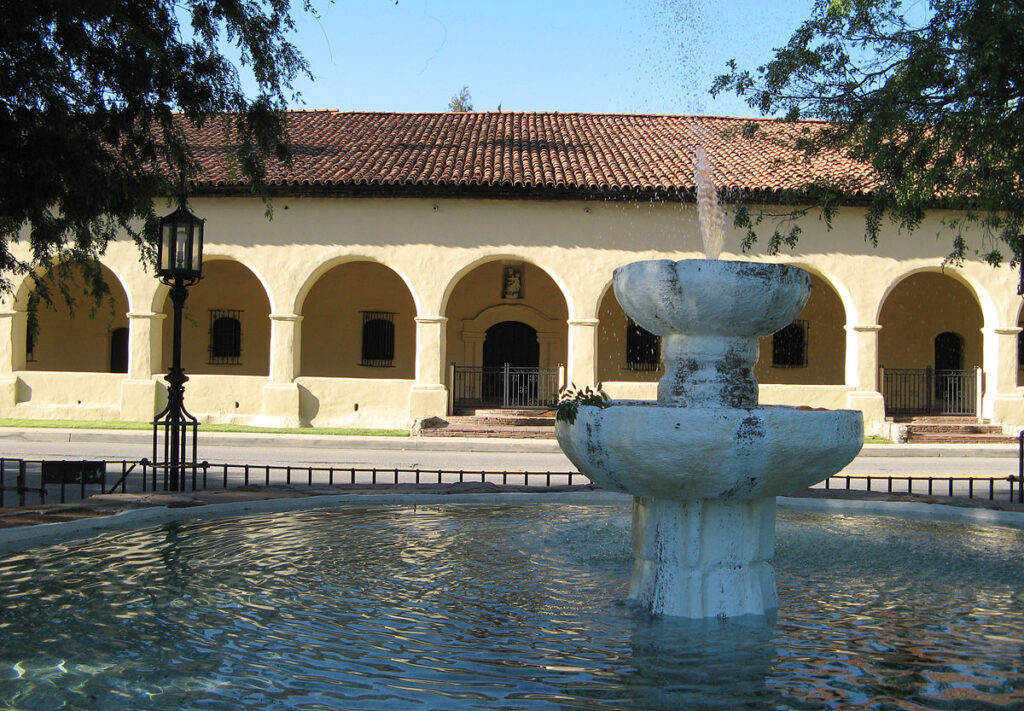
Before long feeding the miners grew to be a bigger business than actual gold mining. San Francisco, Los Angeles and Sacramento went from sleepy out of the way places (similar to modern Greenland) to bustling urban trade centers.
The unfortunate legacy of this time includes shady lawyers (can you believe it?) from the east coast moving in and taking advantage of the lack of title legislation that respected the old deeds granted under Spanish and Mexican rule. The Treaty of Cahuenga protected the old Spanish and Mexican land grants. It was bad timing for the Californios who owned all of the productive land in California. 1841 and 1861 happened to be two of the worst droughts in California history. This was disastrous as it was at the same time some 300,000 people poured in from New England, Mexico, Hawaii, Peru, Chile, Spain, France, Italy, Australia and China. Prior to the gold rush, the Californio’s primary source of income was selling cattle hides and tallow to passing ships. Much of the Californio’s cattle died off in the droughts. The California Land Commission was created to confirm the old land grants and adjudicate land disputes often between Californios and Americans. 67% of the patents were found in rancho’s favor and in some places like Ventura County, 100% were approved. The problem was the costs of adjudicating each land grant fell on the claimant, which once approved had to be surveyed. The claimants had to hire attorneys in a process that took many years. The attorneys were very expensive and many of the ranchos were not producing much income. The patenting process became so expensive that the attorneys engaged in predatory lending to finance their legal fees. Lots of ranchos were already heavily mortgaged because of the drought which led to wide spread foreclosures and out right title fraud, as there was little functioning rule of law. Over time this resulted in most of the Californios losing their vast land holdings to unscrupulous new comers.
In 1869 the transcontinental railroad opened bringing even a larger influx of settlers. With the invention of the refrigerated rail car (“reefer”) in 1890 the produce business flourished which resulted in state wide skyrocketing land prices.

The farmers that built produce farms to feed the miners eventually became the world’s first large scale industrial farms. Los Angeles County produced more food than any county in the nation until the 1950s. These large scale industrial farms required massive infrastructure to support their businesses – a year round supply of water, roads, railroads, warehouses and work forces in previously vacant desert land.
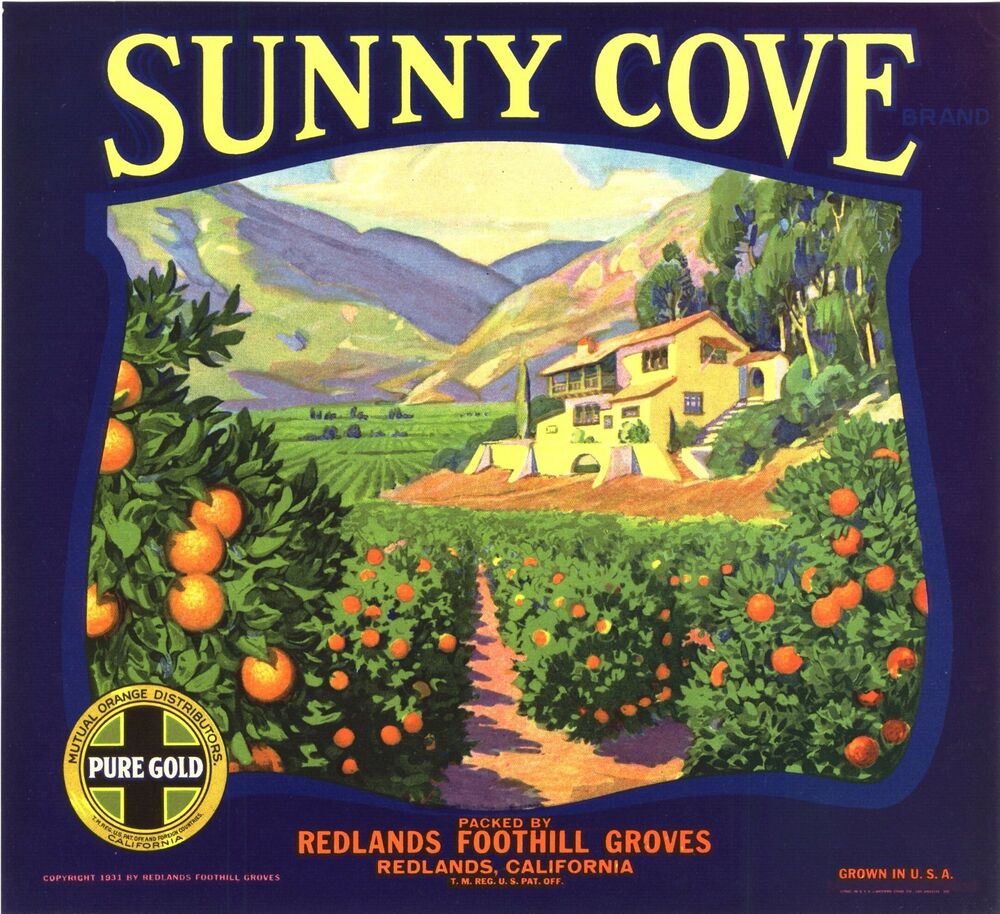
To this day the San Jaquin Valley, the Central Valley, is the most concentrated and productive source of food in the world producing more than $20 billion in agriculture goods annually.
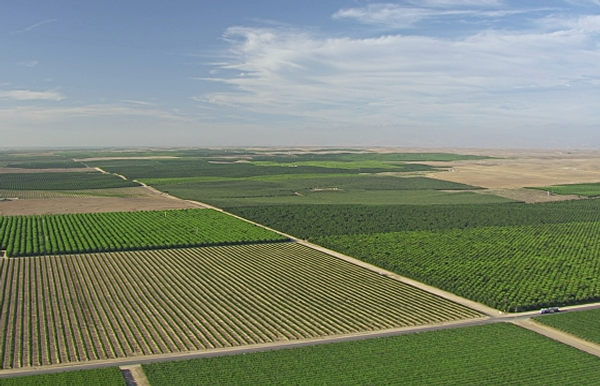
The only product that had more value than gold and produce was oil. Los Angeles was the Dubai of the world from the 1880s until 1960s. California produced over a one third of the world’s oil output. That brought big money and power.
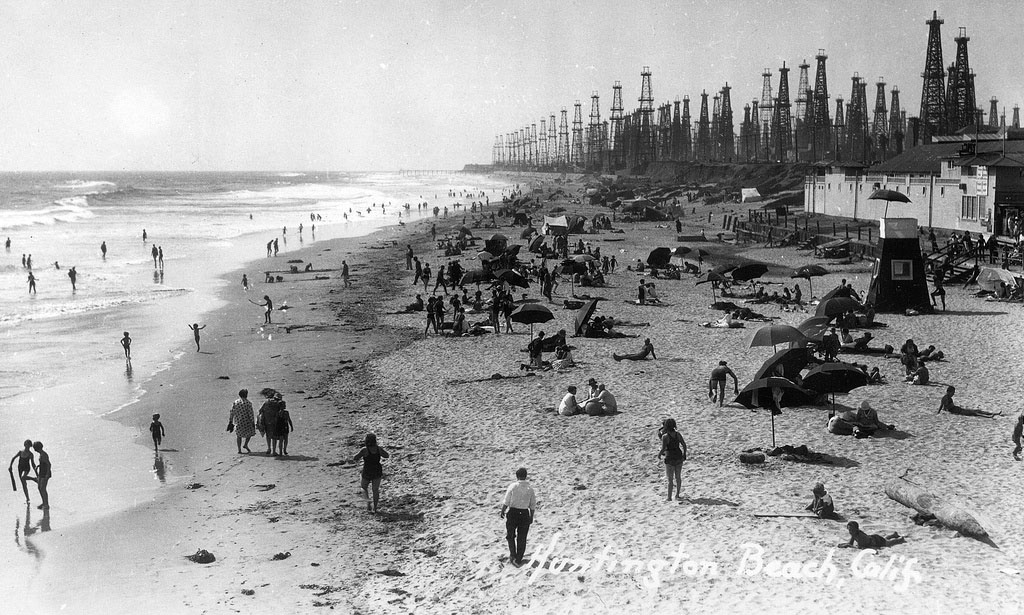
Ultimately the most valuable product of the land turned out to be houses.
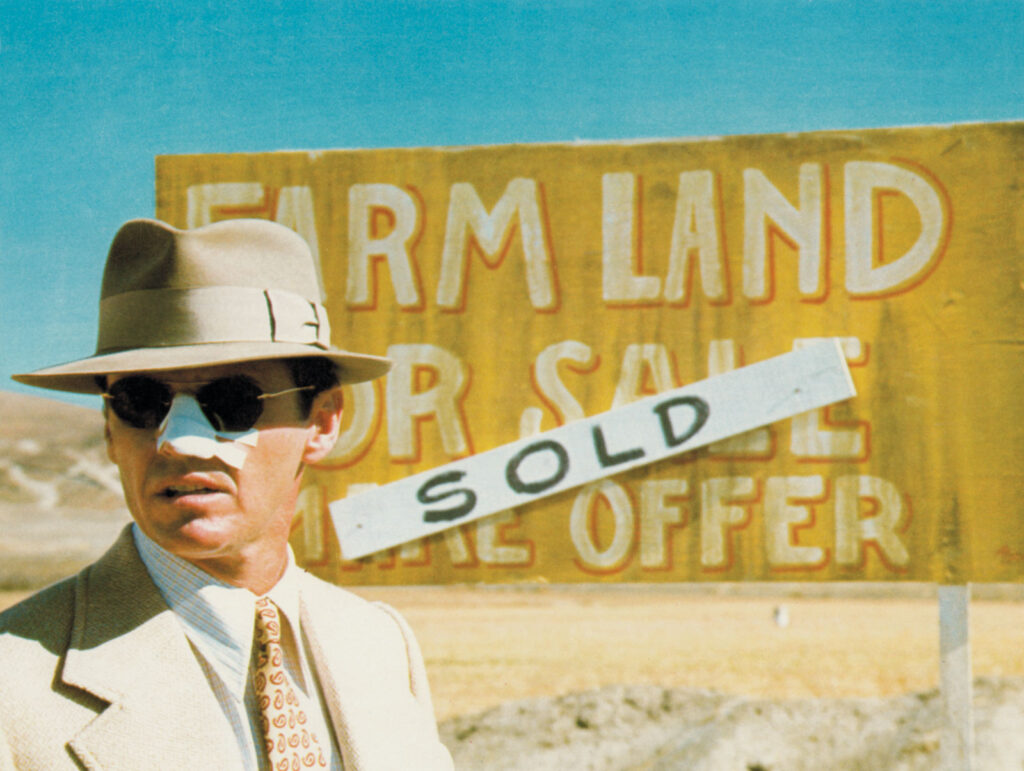
Mining, agriculture and oil are still multi-billion dollar a year real estate plays here in California.
It was the gold rush that brought agriculture development. Agriculture provided the infrastructure of water and rail that made production track housing – modern California possible.
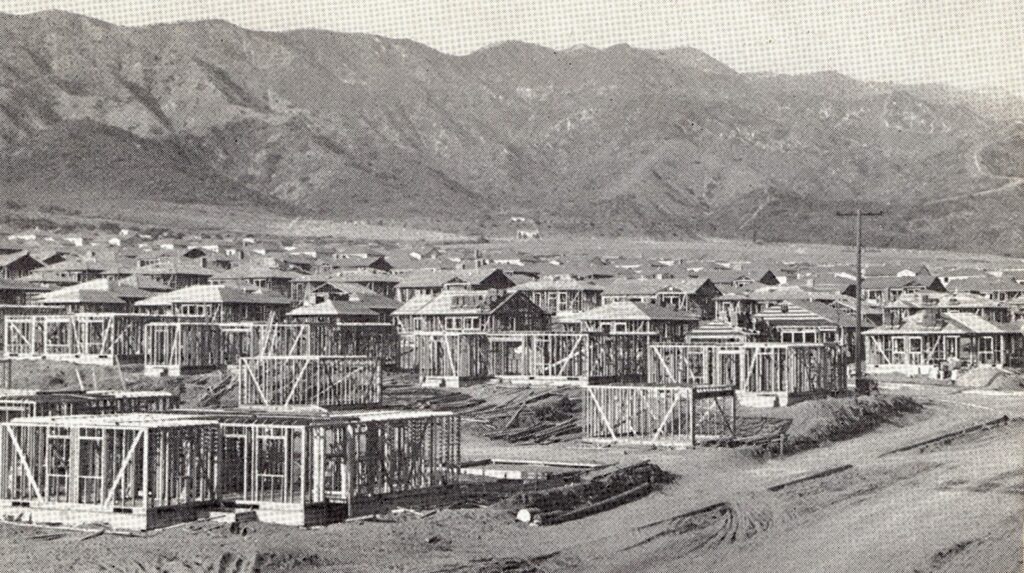
Real estate is all about location. And unfortunately the real estate market in California was too successful and brought what can be seen as its own downfall, economically crippling traffic, real estate appreciation leading to a housing crisis where work forces cannot afford to live in the state. The most crippling issue facing California’s future is in many ways intentionally self-inflicted. All of that valuable real estate and economic success has led to government coffers so powerful and unwilling to recognize reality that they have taxed most of the successful large California companies right out of the state and now many of those jobs are in Texas.
So the 1950s suburban dream of every family with a plot of land, their own pool and English lawn is rapidly shrinking because it is not sustainable in area seeing 200 years of explosive population growth.
All of western California will see a very dramatic change to the landscape over the next fifty years. Dense urbanity will gradually replace the sublime urban sprawl that made California so attractive to immigrants from colder parts of the United States and economically and politically less stable destinations around the world. The Warner Center (essentially a large office park in Woodland Hills) specific plan includes the possibility of four new high rise clusters coming into what some are saying is going to be the new Century City. This is remarkable given that forty-five years ago this area was primarily orange groves with dirt roads. What is happening in Warner Center is a good example of what is going to be happening all over California.
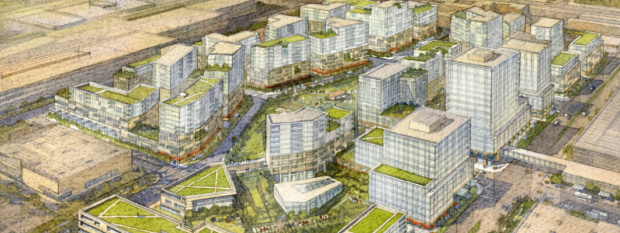
Warner Center is named after Harry Warner of the Warner Brothers. The area was previously his private horse ranch and had adjacent citrus orchards. In 1968, Robert Allison of Coldwell Banker put together a deal with Aetna Life and Casualty where they purchased the Warner family land for $30 million for development purposes. Later Aetna brought in Kaiser as a joint venture partner. Business districts were developed and proved to be successful despite earthquakes and economic downturns.
Westfield’s Topanga Plaza mall opened in 1964 as the first enclosed shopping mall west of the Mississippi River and continues to this day to be one of the most successful retail locations in the country. In the late 1970s and through the 1980s Warner Center was the center of the aerospace industries with headquarters for Rocketdyne and Litton Industries. Now with those sites vacant, the City of Los Angeles desires a more transit-oriented mixed use type of development where work forces can easily walk to work instead of spending three to four hours each day on the freeway in gridlock.
State wide single family homes are being bulldozed for five story and above apartment buildings with retail on the first floor. Los Angeles has been growing up in height over the last ten years.
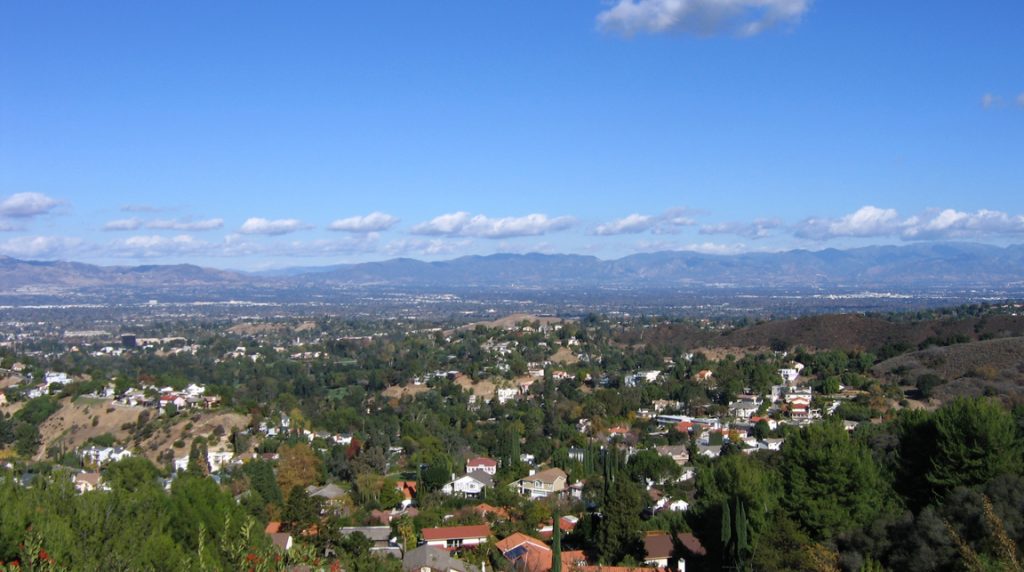
Over the next few years real estate prices will drop as interest rates rise and more healthy economically balanced capitalization rates are sought. Many of the problems we are currently facing like traffic, an unsustainable tax environment and a homeless zombie apocalypse will be have to be addressed. The housing crisis has an easy and economically lucrative solution – stream line entitlements and subsidize the development of affordable housing. Once the government allows solutions to these issues to be implemented, California real estate will continue to outperform any other asset class in the history of mankind.

